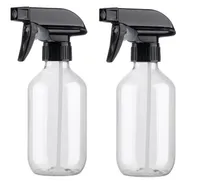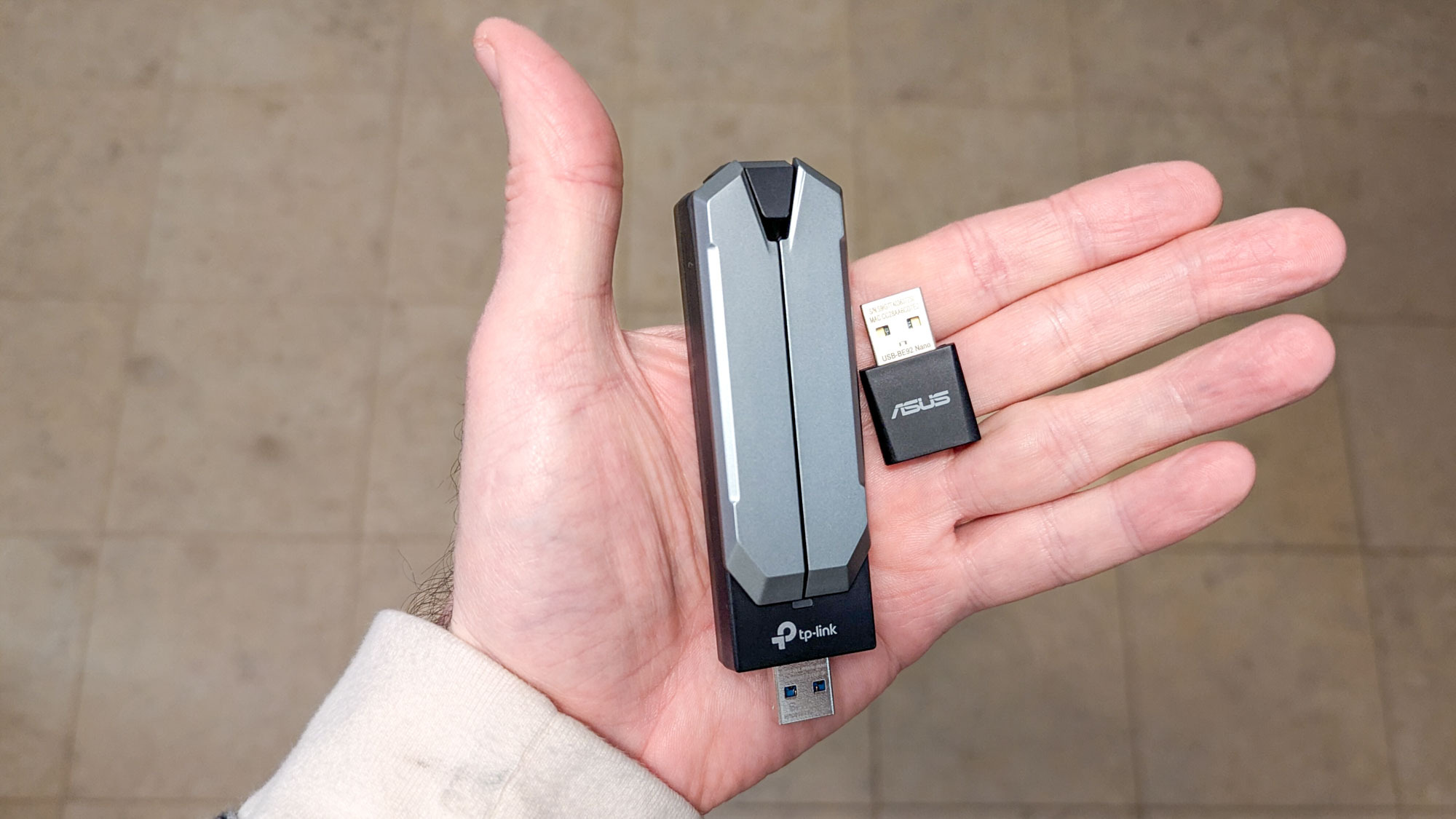I cleaned my house using only homemade cleaning products for a week — here's what happened
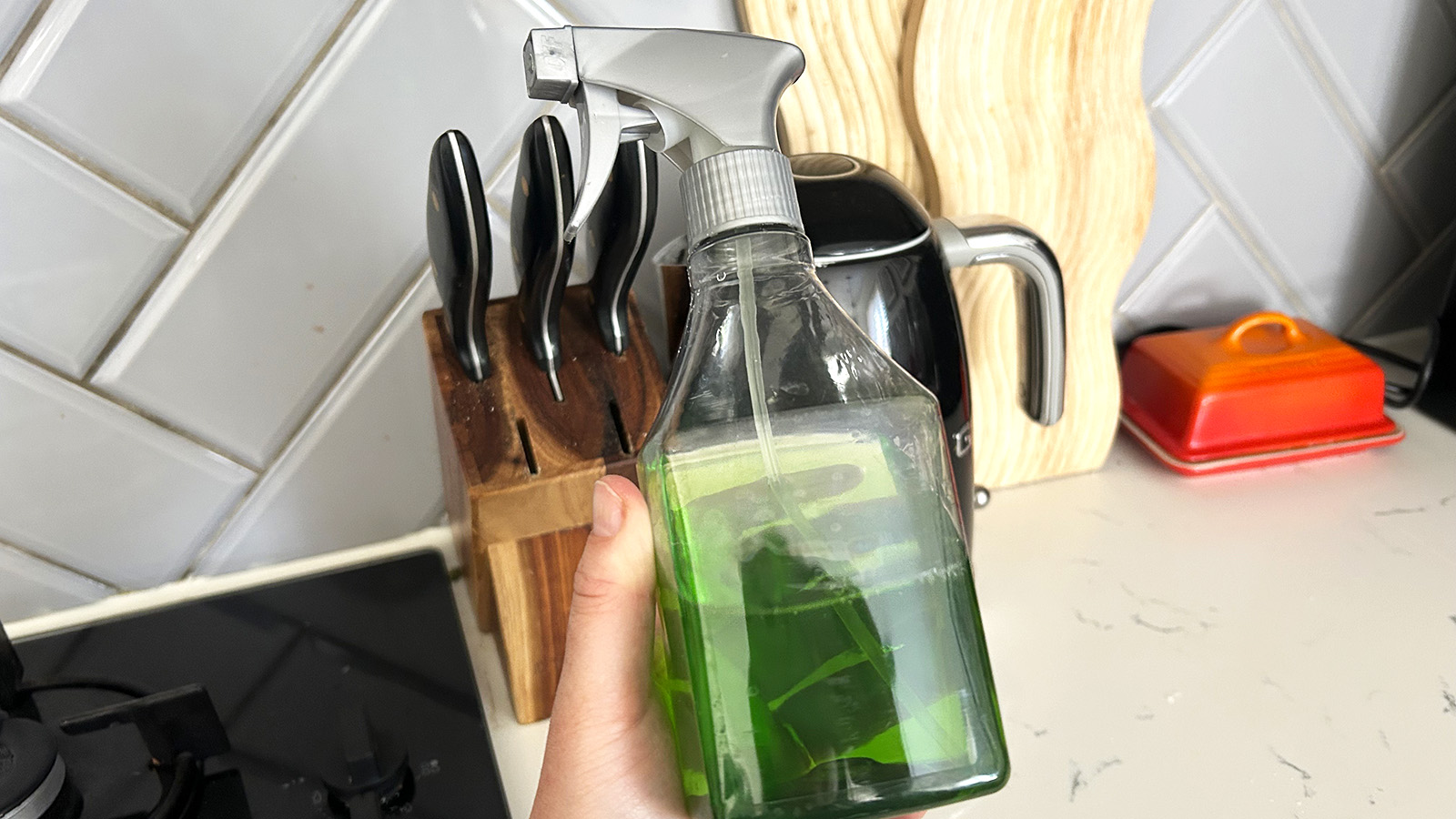
I've always wanted to try and make my own cleaning products, mostly because my toddler spends most of her time licking my floors, and the thought of her ingesting chemicals from store-bought cleaning products makes me cringe.
But also: they're supposed to be cheaper—and who doesn't want to save a few $$$'s when they can?
With no clue where to start but a whole under-sink cabinet of various ingredients I'd bought before and used only once, I realized that I already owned most of the ingredients to make cleaning products. With a couple of niche Amazon purchases to be made, and some empty spray bottles to find, I was ready to get cleaning.
Next up you'll find me curating a non-toxic cleaning routine for my home!
Getting started
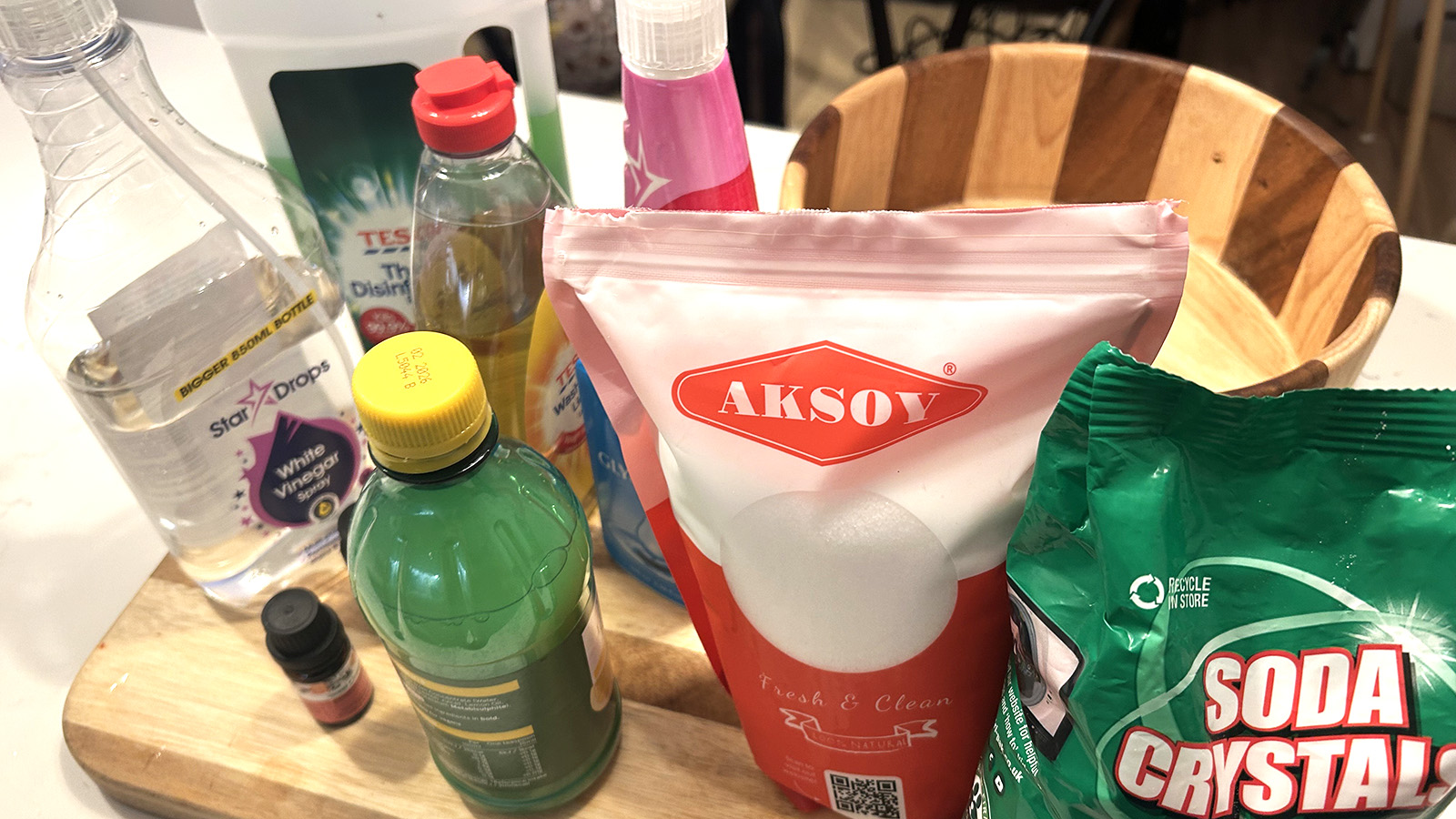
No, I didn't go about this completely clueless: luckily, I was sent an ingredients list from MyToolBox. With peace of mind that each solution was really disinfecting my surfaces and I wasn't about to mix two ingredients and give myself a headache, these four recipes took me hardly any time to make.
But it did get messy. I almost felt like I was in an episode of Breaking Bad at one point.
With help from these homemade sprays, I cleaned almost every inch of my home, from my door frames to my baseboards, my toilet, and even my sofa. And the best part: I scented them to my preference — and made them as strong or weak as I wanted.
Get instant access to breaking news, the hottest reviews, great deals and helpful tips.
Even better? Now I'm left with the rest of the ingredients, so I can make up more when I run out at any time, instead of going to the store for more.
Anti-Bacterial Spray
The recipe
- 4fl. oz. white vinegar
- 2fl. oz. lemon juice
- 1 tablespoon citric acid powder
- 1 teaspoon glycerine
- 12fl. oz. warm water
The results
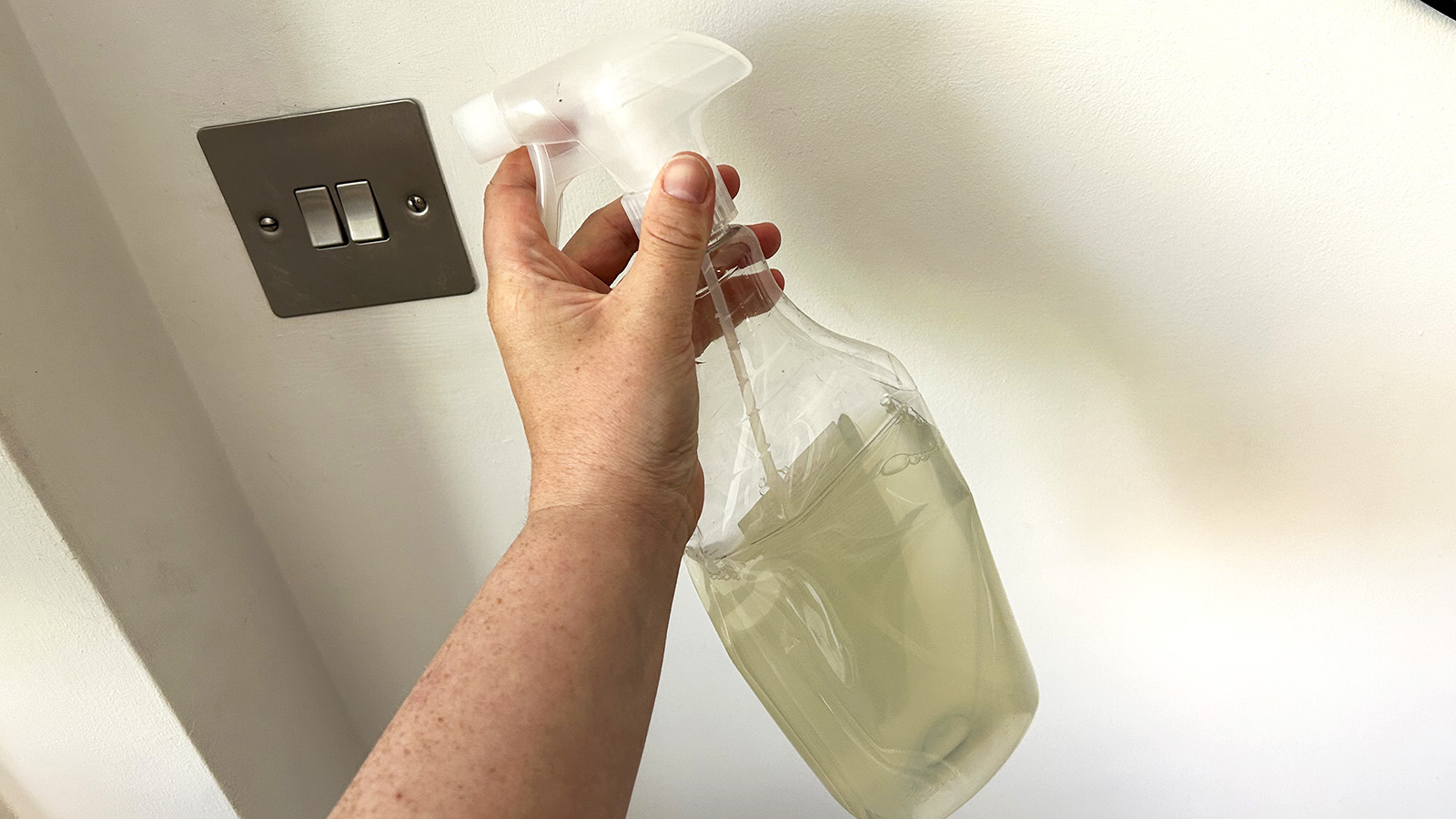
Luckily enough, I had just finished my anti-bacterial spray so I already had an empty bottle to hand. After mixing together the ingredients, I used this solution to clean so many places in my home.
I'll be honest: it smelled just like vinegar. I mean, it does have a lot of vinegar in it, but I did think that the lemon juice would tone it down a little.
It cleaned my light switches, door handles, baseboards, and trash can. I used it for pretty much general cleaning, including in my bathrooms.
It did clean well, and it didn't require a lot of elbow grease to budge stains like the dog food on my baseboards (my Pug doesn't have very good table manners).
These simple spray bottles will allow you to mix your ingredients with ease. Plus, they're reusable. Each bottle has an adjustable nozzle and adjustment modes from fine mist to a steady stream.
Would I use it again? I would, but I'd definitely scent it with a few drops of essential oils. Perhaps tea tree. I really dislike the scent of vinegar so to have my bathrooms and some rooms smell strongly of vinegar after cleaning wasn't ideal.
Saying that, it was easy to make so that would convince me to make it again. I didn't have any explosions or any messes to clear up from my floor, which was a definite win-win.
Degreaser
The recipe
- 2.5fl. oz. distilled white vinegar
- 2 tablespoons sodium carbonate
- 1 tablespoon dish soap
- 10 drops of your favorite essential oil
- 14fl. oz. boiling water
The results
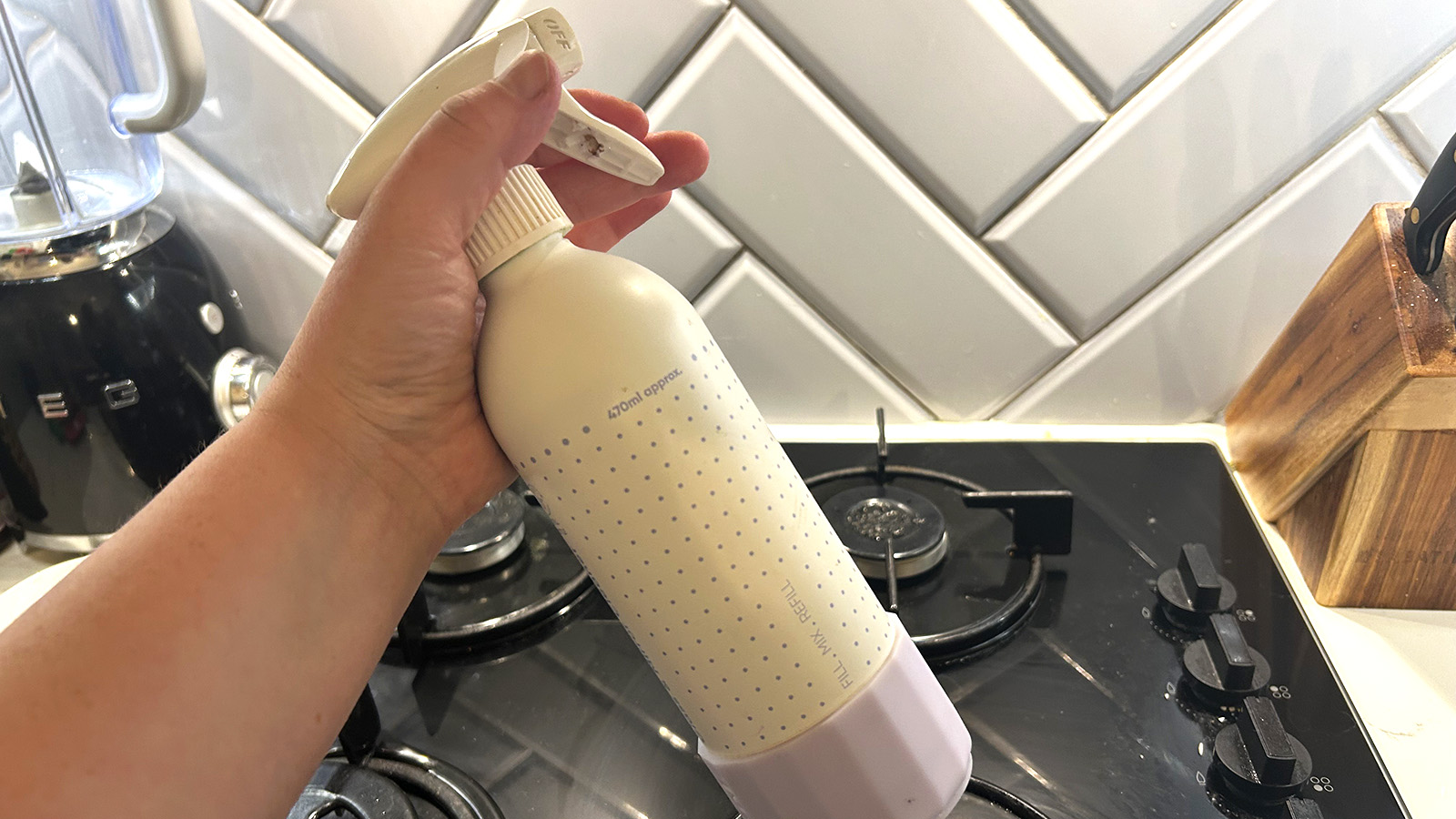
I made this up using peppermint essential oil. I thought it would be most fitting in a kitchen, which is where I find the greasiest surfaces, namely my stovetop, and my oven. I imagine it would work wonders in an air fryer, too.
It smelled really good! Subtly of the peppermint essential oil, and not chemically at all which I liked.
It cleaned grease surprisingly well and easily. I used it for my stovetop, and I'd definitely use it again as it took the elbow grease out of removing food and burn stains, especially on my oven doors.
It took the elbow grease out of removing food and burn stains
I also used it on my appliances, but I wouldn't use it again on these as the formula is slightly oily, because of the essential oils added, so it didn't give them a shiny finish.
Would I use it again? It was a bit of a pain to make, as once I added the sodium carbonate, it bubbled over and spilled everywhere.
Saying that, though, I'd only use this sparingly as it's an oily formula so I shouldn't need to make it up as frequently as other solutions. I'd use it again, and next time I'll use a cleaner dish soap.
Surface Cleaner
The recipe
- 8fl. oz. disinfectant
- 4fl. oz. distilled water
- 1 tablespoon baking soda
- 5 drops of your favorite essential oil
- 5 drops tea tree essential oil

This was the first solution I made up, as I had most of the ingredients already under my kitchen sink. I ended up using a pine-scented disinfectant, which is why the solution turned out to be green. I also added a few drops of sweet orange essential oil to counteract the strong pine scent.
I was expecting it to smell strong as I'd added two lots of essential oils and the disinfectant was pre-scented. I was right—it was strong, but it wasn't overpowering. I'd perhaps water it down a little in the future, though.
I used this solution to clean almost my entire kitchen, except the floors. I did perform a patch test on my white countertop before I began because of its bright green color. It removed coffee stains and watermelon juice from my surfaces and my dining table, I also sprayed it on my daughter's high chair, in my sink, and on my cabinet doors. It budged stains fast.
Would I use it again? lt definitely worked, and it was without a doubt the easiest one to make as it wasn't messy whatsoever. I even had most of the ingredients already, and you probably do, too.
I had most of the ingredients already, and you probably do, too.
The only thing that puts me off making it again is the fact the main part of the recipe requires pure disinfectant, which can sometimes be full of chemicals.
Next time, I'll make it up using a cleaner disinfectant, one that's unscented. One of my biggest pet peeves of kitchen cleaners is that they're always heavily scented—the same goes for dish soap, and I don't want unnecessary fragrances around where I store and prep my food.
I might even play around with the ratio of essential oils and tone it down a little, too.
Textile Spray
The recipe
- 3 tablespoons fabric stain remover
- 2 tablespoons washing crystals
- 1 tablespoon citric acid powder
- 1 teaspoon glycerine
- 18fl. oz. hot water
The results
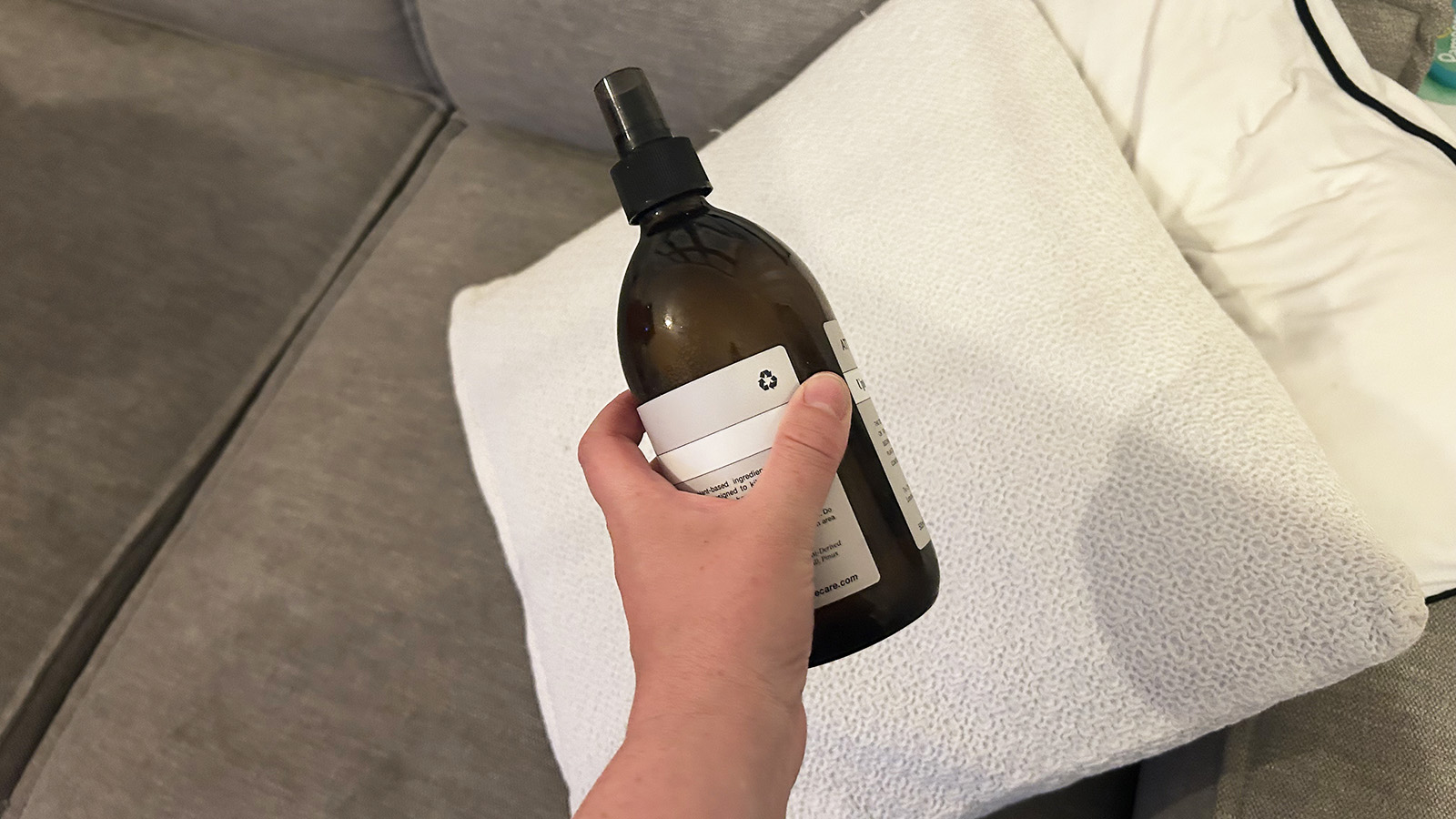
I've tried to make my own upholstery spray before but I didn't like it. With this one, however, you scent it using your preferred stain remover—in my case, The Pink Stuff. And this stuff smells amazing!
For me, I need a textile spray only for use in my living room, to refresh my couch and cushions every couple of days. It's the room we spend the most time in as a family, and the place my dog sleeps. I'm usually picky with which upholstery spray I use and will make sure it's not filled with unnecessary chemicals.
It smelled subtly like the stain remover spray I'd added, and I liked that. I don't want anything super strong, but I need to know it's refreshing my sofa and pillows.
It lightly sprayed it on my sofa and cushions after spot-cleaning my sofa and steam cleaning my cushions. It gave them a subtle scent and a good refresh.
Once I added the washing crystals, it bubbled over and went all down my kitchen cabinets and over the floor.
Would I use it again? Yes, mostly because a little goes a long way so this should last me for a while.
It was, admittedly, a bit of a nightmare to mix as once I added the washing crystals, it bubbled over and went all down my kitchen cabinets and over the floor. So, I'd recommend adding the washing crystals slowly.
Next time, I'll definitely switch up the fabric stain remover I use for one that's a little cleaner.
My verdict
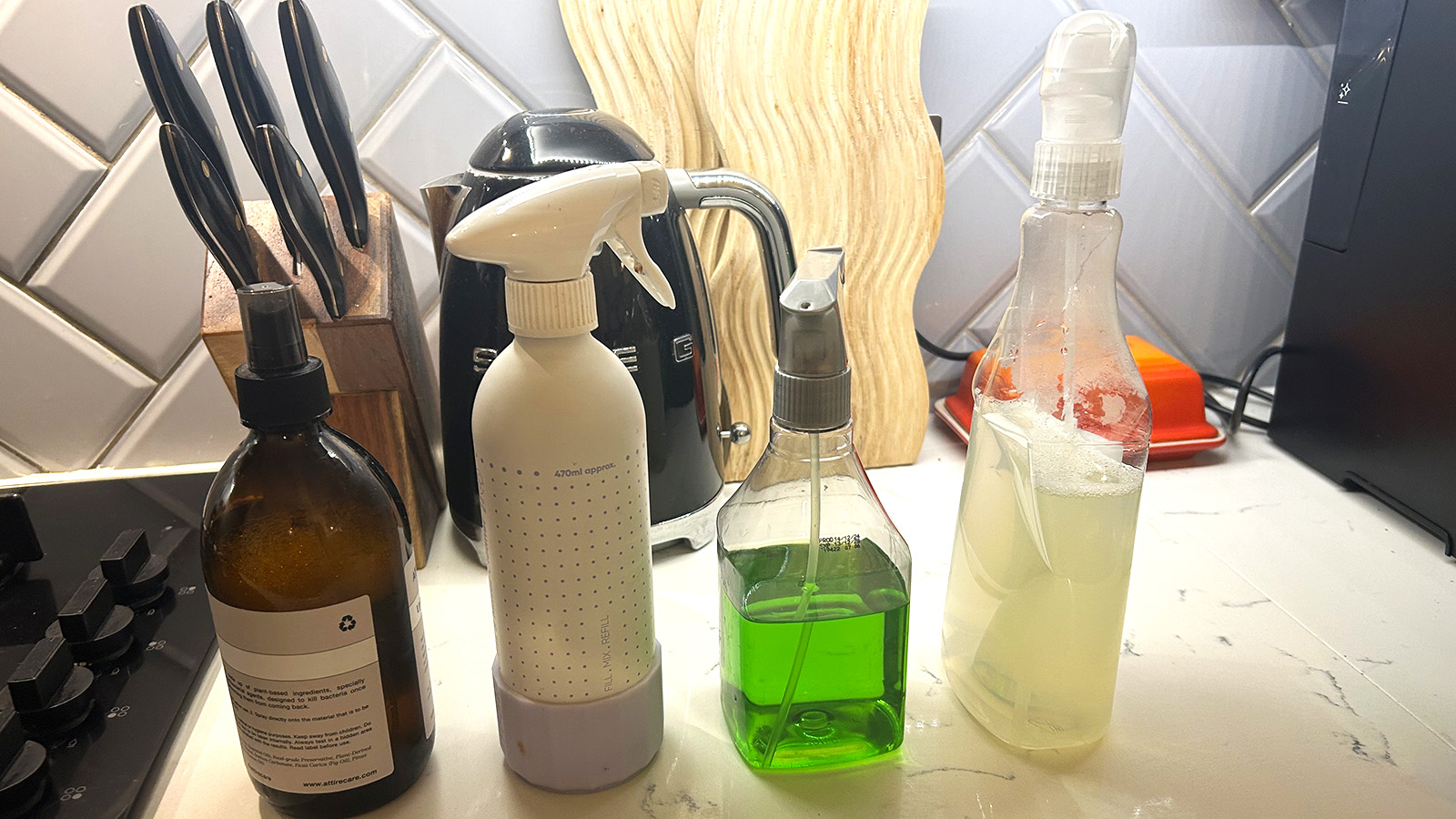
I definitely plan to make the degreaser and the anti-bacterial spray again. The degreaser was messy but its grease-busting power was impressive and I now have the ingredients in my cabinet. I'll also make up the anti-bacterial spray once it runs out, for sure, but I think I'll add some essential oil drops this time to counteract the strong vinegar scent.
I did really like the textile spray, but it does still contain a fabric stain remover, so while I would make it again I'd try to find a non-toxic option to mix with the rest of the ingredients.
The same goes for the multi-purpose spray as it contains disinfectant. While you can't find a clean disinfectant on the market as it is what it says — chemicals — you can find an unscented one.
I'll be a little more prepared next time and mix them in the sink. And do bear in mind that a funnel will come in very handy for this.
Full ingredients list
Want to give it a go and make all four of these homemade cleaning solutions? Here's a full ingredients list—and remember that you need four empty spray bottles, too.
- White vinegar
- Lemon juice
- Citric acid powder
- Glycerine
- Sodium carbonate (AKA washing crystals)
- Dish soap
- Your favorite essential oil
- Disinfectant
- Baking soda
- Tea tree essential oil
- Fabric stain remover
Recipes supplied by MyToolBox.

Annie is a freelancer at Tom's Guide. She's been an Editor at various home magazines for 7 years — reviewing and writing about everything from cleaning products to air fryers and mattresses. Annie started her career at Real Homes as Deals Editor in 2018 and by 2020 she was the UK Shopping Editor at Livingetc, Homes & Gardens, and Ideal Home. She was in charge of the majority of eCommerce content on these sites, including reviews and buying guides. Now, as a freelancer, she writes features, reviews, and guides for several brands including BBC Good Food, Ideal Home, and Parade Home & Garden.
You must confirm your public display name before commenting
Please logout and then login again, you will then be prompted to enter your display name.
